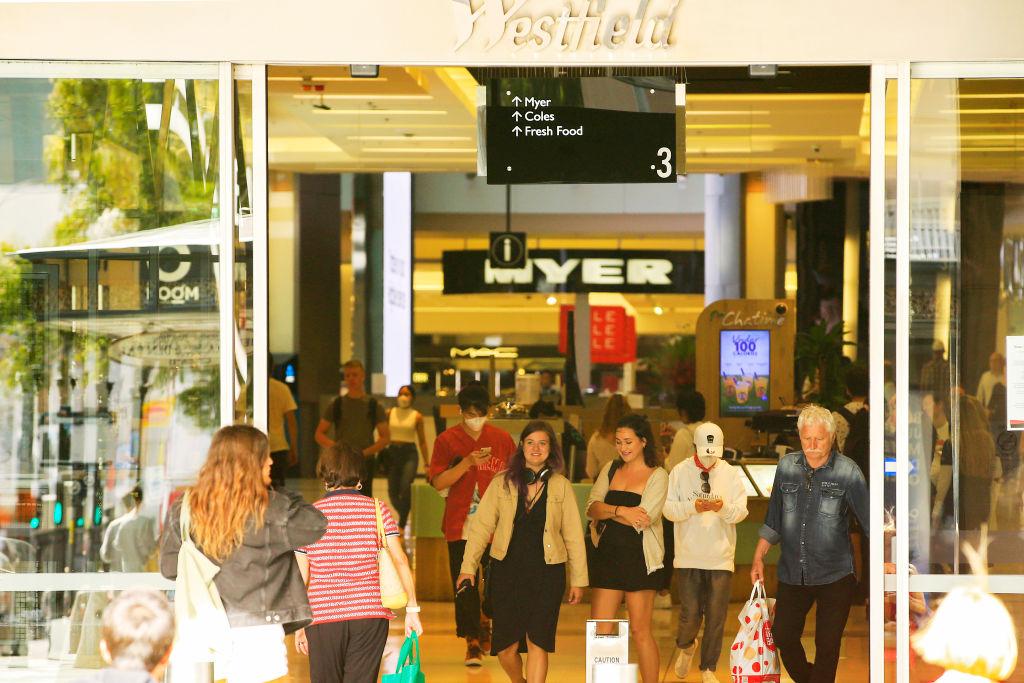The impact of the Omicron COVID-19 variant might hinder the prospect of Australians spending big in 2022 as not so positive signs have already appeared in the country’s economic landscape.
The Commonwealth Bank of Australia (CBA) reported that it’s household spending intentions index that combines an analysis of CBA payments data, loan applications and publicly available search activity on Google Trends increased by 2.5 percent last December.





